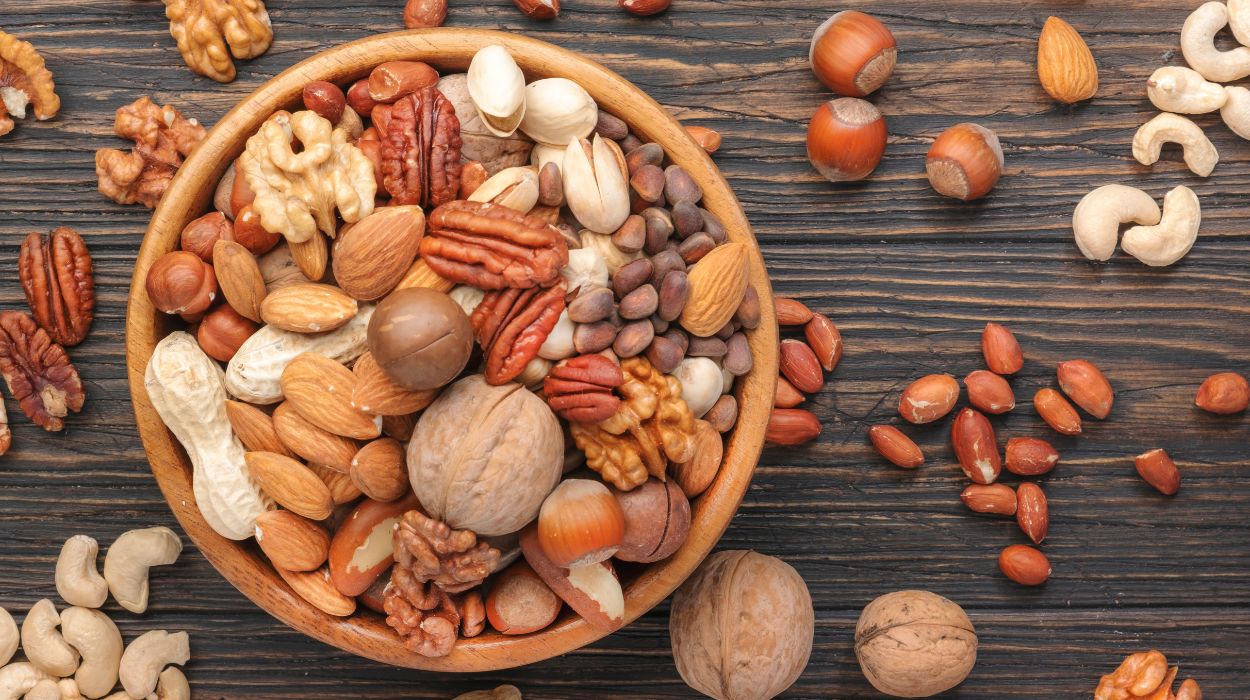LOOK OUT FOR FORMALDEHYDE IN CHILDREN’S FURNITURE!
While new building materials are generally lighter and more resource-efficient (relying less on solid timber than in the old days) many are manufactured with formaldehyde-based glues. The U.S. Environmental Protection Agency (EPA) has classified formaldehyde as a known human carcinogen. Formaldehyde can off-gas from pressed woods into the air, silently polluting your indoor air for years. (The off-gassing rate is especially intense in new materials, and in hot, humid weather.)
Conventional plywood is made of thin veneers of wood that are bonded together with formaldehyde resins.
The majority of hardwood plywood, used indoors for cabinetry and paneling, are composed of a core layer faced with higher quality woods using urea-formaldehyde (UF) glue.
Softwood plywood is used for exterior and structural applications (walls, floors, roofs), and its adhesive consists of phenol formaldehyde (PF) resin. PF, a more expensive, water-resistant glue, off-gasses at a considerably slower rate than UF glues. “So, we tend to use the worst products indoors, where they can do the most harm,” says John Bower of the Healthy House Institute.
Particleboard, used primarily indoors for furniture and cabinets, is made from wood chips and other plant fibers bonded with formaldehyde-based resins.
Fortunately, a new generation of products are created with little to no formaldehyde added. This gives consumers the option to replace plywood and particleboard cabinets and furniture throughout your house.
Reduce indoor air pollution from formaldehyde and protect your children’s health using these easy steps:
- Choose certified-sustainable hardwood cabinets and furniture utilizing traditional joinery and stainless steel drawer bottoms, salvaged wood, UF-free fiberboard, or baked-enamel metal, which emit less chemical vapor into the air. Or, reject permanent cabinetry altogether, and use freestanding hardwood tables, shelves and hooks.
- Choose formaldehyde-free medium density fiberboard (MDF) in place of plywood for outdoor areas. Fiberboard can be made from recycled wood, paper or plant fiber waste, which is compressed and molded into boards without adhesives.
- Look for an “exterior glue” stamp on regular plywood, which means it contains PF instead of UF glues.
- If particleboard can’t be avoided, finish with a non-toxic sealant (latex paint won’t seal in vapors).
+ Sources
Health Canal avoids using tertiary references. We have strict sourcing guidelines and rely on peer-reviewed studies, academic researches from medical associations and institutions. To ensure the accuracy of articles in Health Canal, you can read more about the editorial process here


